When Rain Falls or Rivers Rise: How to Care for a Flooded Garden
Whether you live in a flood-prone area, or a sudden downpour has led to sodden soil, a water-logged garden can devastate even the healthiest plants.
Among other issues, flooding can suffocate plant roots by clogging the normally air-filled soil pockets with water, preventing oxygen intake. This can lead to wilting, stunted growth, and eventual death.
Other problems may seem less dramatic but can still be potentially quite damaging. A flooded plant is a weakened plant that’s more susceptible to pests and disease, particularly fungal diseases like root rot, powdery mildew, and crown rot that thrive in moist conditions. Flooding can wash away important nutrients from the soil, preventing plants from getting the vital elements they need to grow.
Of course, this all depends on how bad the flooding is. Deeper and longer flood events are more likely to cause trouble. At the same time, if you’ve cultivated plants that are flood-tolerant — perennials like Joe Pye weed (Eupatorium purpureum), cardinal flower (Lobelia cardinalis), swamp milkweed (Asclepias incarnata), and many grasses — there might be less to worry about.

Increasing the chances of survival
You may feel compelled to tend to your garden as soon as the waters have receded or the storm has passed but remember: safety first. Watch for electrical hazards and slick areas that increase your risk of slipping and falling.
Once it’s safe, here’s how you can help your plants survive:
- Avoid walking on saturated soil, which can compact it even more, depriving roots of oxygen. Put down a temporary walkway such as a piece of plywood if your garden doesn’t have some sort of path through it.
- Drain excess water. Standing water is enemy number one. Digging shallow ditches or channels can help direct water away from plant roots.
- Assess the damage. Walk through your garden. Which plants seem salvageable, and which are beyond hope? That’s a hard call to make, but focusing your attention on the plants most likely to recover is a better investment in time, effort, and money.
- Revive stressed plants. Clear away any mud or debris that’s covering stems and leaves. Gently stake or support plants that have been partially uprooted or are leaning over. Carefully removing some foliage here or there (this isn’t time for a full pruning; wait until your plants show signs of new growth before that) may take the stress off the stem and also help improve air circulation around the plants to ward off fungal diseases.
- Do not fertilize your plants. Fertilizer can add more stress to flood-damaged roots.
Bring in the replacements
It’s never easy to pull up a plant you’ve carefully selected and nurtured, no matter the reason. If you’ve been watching it decline and not respond to “treatment,” that’s one thing.
But when the plant looked fine one day and has been overwhelmed the next, with little likelihood of surviving, making the decision to dig it up is even more difficult. However, it’s essential to remove and dispose of any plants that are clearly dead or diseased. Once the material has dried out, it can go in the compost bin — but keep diseased plants out to avoid further infecting your garden.
Ready to add replacement plants? Before you get the spade out, wait for the soil to dry. Check a few inches down to be sure things aren’t still soggy at the root level. Flooding can alter the soil’s pH level, so it’s important to test it to determine if you have to amend it before planting.
At the same time, you’ll want to provide some long-term care for the survivors in your garden. Closely monitor them for signs of recovery or decline and provide additional pest and disease control to prevent new problems from cropping up. And though it may seem counterintuitive, once the soil is completely dried up, your plants may actually need more frequent watering to keep them going strong.
And while you can’t control the weather, you can take steps to minimize flood-related damage in the future. Steps include:
- Improving drainage. Consider raised garden beds, amending soil, or installing drains.
- Pruning dense foliage. This will promote good air circulation and help the soil dry out.
- Keeping fertilization in check. Excess fertilization can stimulate leaf overgrowth, making plants more susceptible to disease.
Considering how vital water is to healthy plants, too much of a good thing can be bad. The answer is to take proper action as soon as you can after a flood. That will give your garden the best chance of recovery.





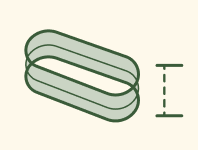

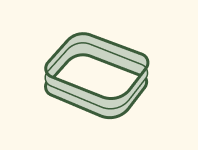
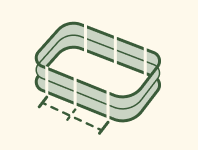
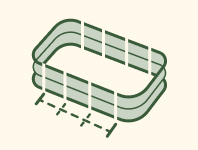
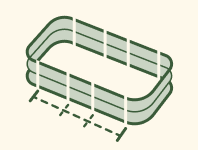





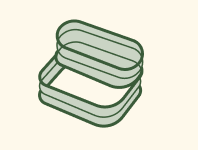
















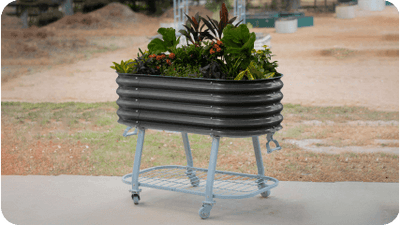









































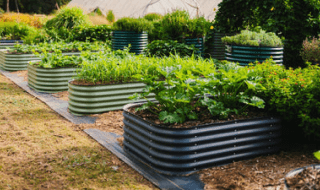
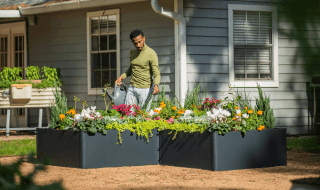
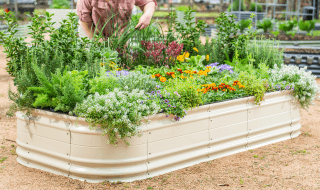
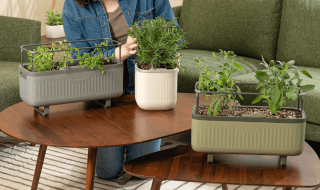
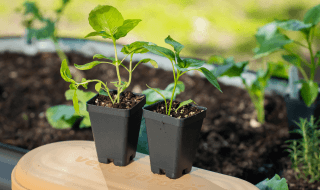
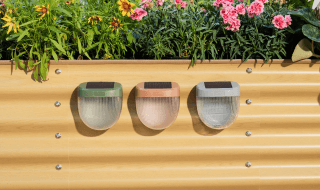
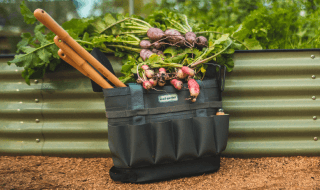
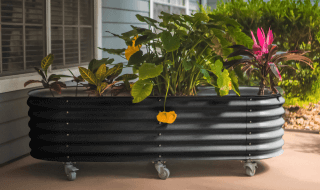







wan casino http://methodcasino.com
Currently it sounds like BlogEngine is the top blogging platform
out there right now. (from what I’ve read) Is that what
you are using on your blog?
Leave a comment